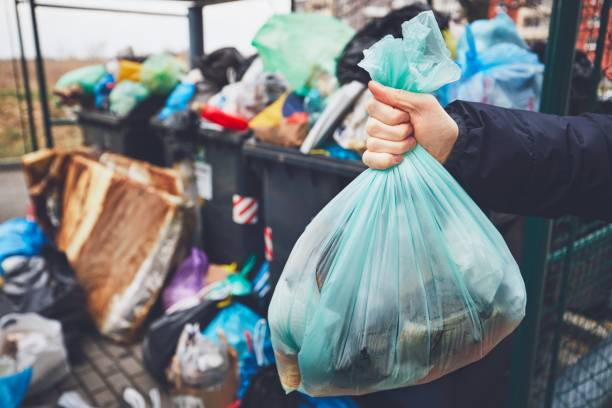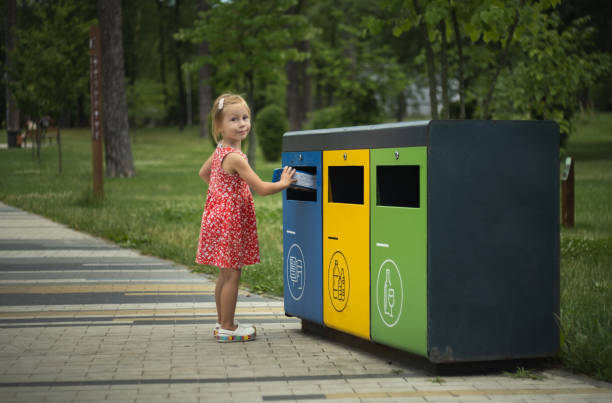Solid waste management is the process of collecting, treating, and disposing of solid waste generated by human activities.
Solid waste management refers to the process of collecting, transporting, treating, and disposing of solid waste in a safe and efficient manner to minimize its impact on the environment and health hazards.
With the increase in population and urbanization, the generation of solid waste has increased significantly, leading to environmental pollution and health hazards.
According to the World Bank's What a Waste 2.0 report, the world generates over 2 billion tonnes of municipal solid waste annually, with at least 33% not managed in an environmentally safe manner and disposed of in landfills which leads to various environmental and health hazards.
Why is solid waste management important?
Solid waste management is crucial to achieving environmental sustainability. Improper management of solid waste can result in environmental degradation, health hazards, and economic losses.
Improper disposal of solid waste can lead to unsanitary conditions, which in turn can lead to pollution of the environment and outbreaks of vector-borne diseases (diseases spread by rodents and insects.
In recent years, landslides of waste dumps have buried homes and people under piles of waste, and over 90% of waste is openly dumped or burned in low-income countries, disproportionately affecting the poor and vulnerable
What are the treatment pathways for solid waste?
- Reduce, Reuse, and Recycle: The most effective strategy for solid waste management is to reduce the amount of waste generated. This can be achieved through waste reduction and recycling programs. Reusing products instead of buying new ones, recycling materials like paper, plastic, and metal, and composting organic waste can significantly reduce the amount of waste sent to landfills.
- Source Separation: Source separation involves sorting waste at the point of origin, such as households, commercial establishments, or industries. This allows for the proper segregation of waste and enables the implementation of specific treatment methods for different types of waste.
- Landfill Management: Landfills are the most common method of disposing of solid waste. Proper landfill management involves the use of engineered landfill designs, such as liners and leachate collection systems, to prevent environmental pollution.
Composting: Composting is the process of decomposing organic waste, such as food waste and yard waste, into nutrient-rich soil. This method not only reduces the amount of waste sent to landfills but also produces a valuable resource for agriculture.
Incineration: Incineration is the process of burning waste at high temperatures to reduce its volume and convert it into ash and gases. This method is useful for waste that cannot be recycled or composted, such as medical waste.
Sanitary Landfilling: Sanitary landfilling involves the use of engineered landfill designs, such as liners and leachate collection systems, to prevent environmental pollution. This method is suitable for non-hazardous waste that cannot be recycled or composted.
Solid waste management is a critical issue that requires immediate attention. By implementing effective waste reduction and recycling programs, source separation, and appropriate treatment methods, we can significantly reduce the amount of waste sent to landfills and create a cleaner future.
Composting, incineration, and sanitary landfilling are some of the effective methods for managing solid waste. It is essential to adopt sustainable waste management practices to ensure environmental protection and public health.













